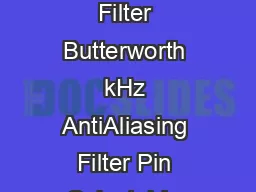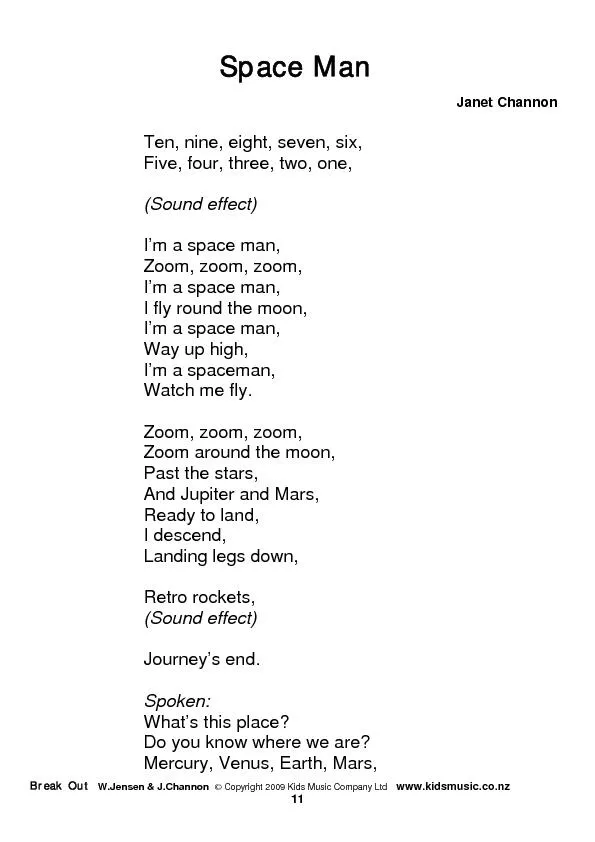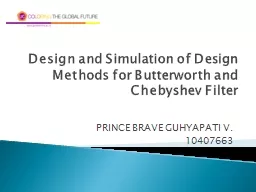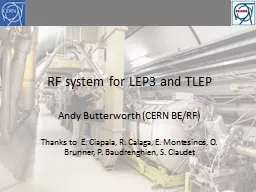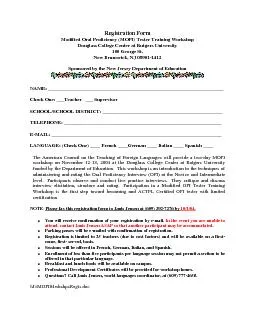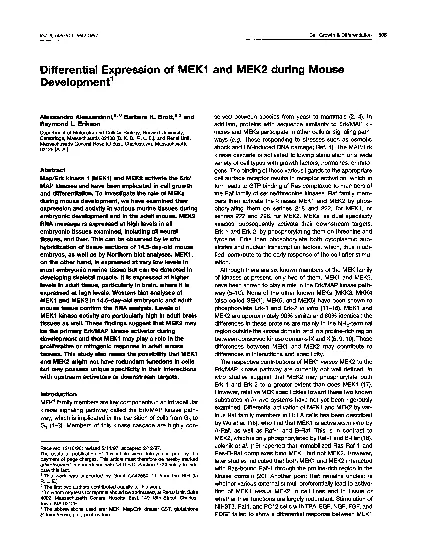PPT-RF system for TLEP Andy Butterworth, Erk Jensen
Author : telempsyc | Published Date : 2020-06-23
Thanks to E Ciapala R Calaga E Montesinos O Brunner P Baudrenghien S Claudet D Nisbet 4 th TLEP3 Workshop 05042013 Overview RF requirements total accelerating
Presentation Embed Code
Download Presentation
Download Presentation The PPT/PDF document "RF system for TLEP Andy Butterworth, Erk..." is the property of its rightful owner. Permission is granted to download and print the materials on this website for personal, non-commercial use only, and to display it on your personal computer provided you do not modify the materials and that you retain all copyright notices contained in the materials. By downloading content from our website, you accept the terms of this agreement.
RF system for TLEP Andy Butterworth, Erk Jensen: Transcript
Download Rules Of Document
"RF system for TLEP Andy Butterworth, Erk Jensen"The content belongs to its owner. You may download and print it for personal use, without modification, and keep all copyright notices. By downloading, you agree to these terms.
Related Documents


